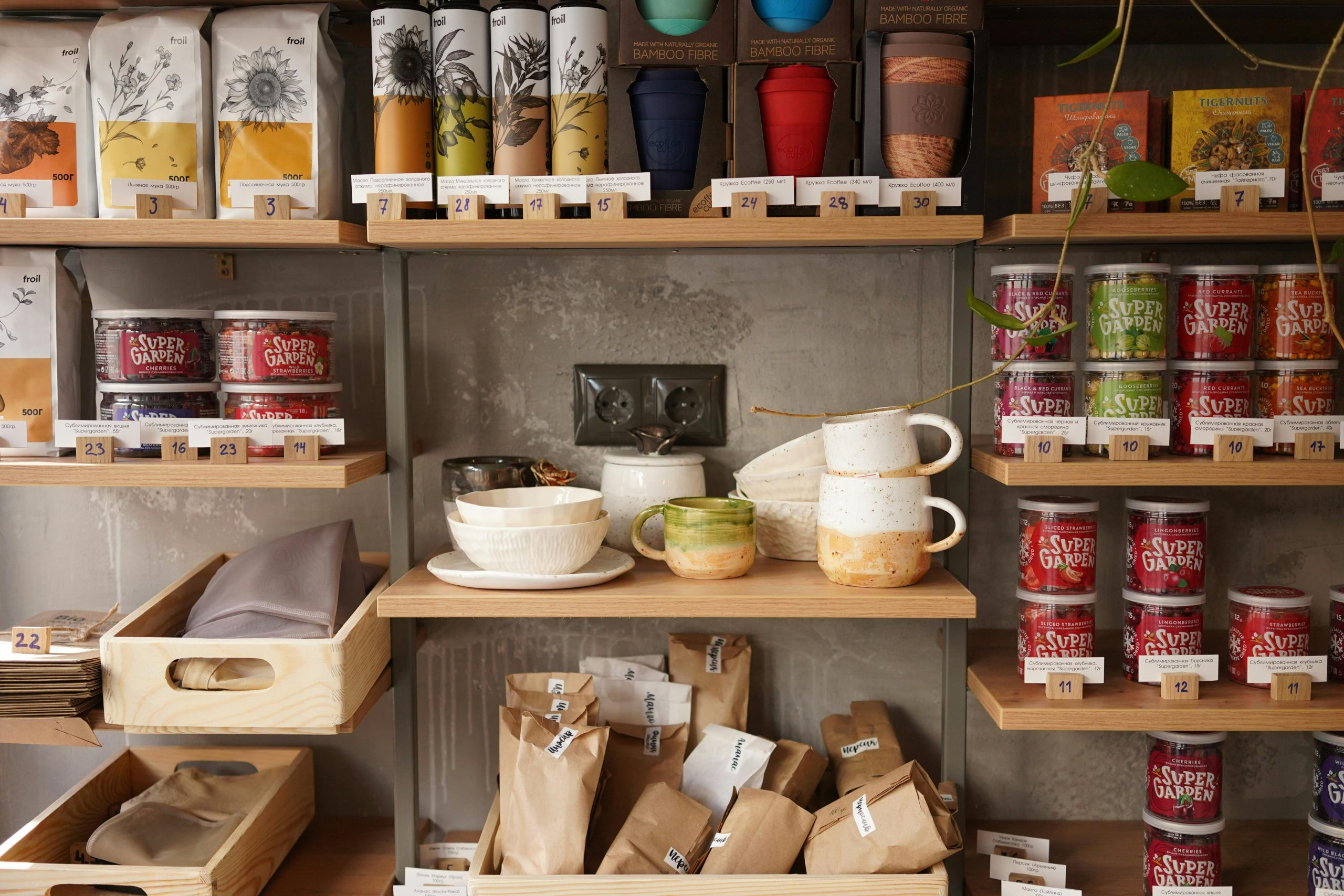Sustainable Shopping: How to Build an Eco-Friendly Kitchen
In today’s world, we are becoming increasingly aware of the impact our actions have on the environment. From reducing plastic waste to conserving energy, there are many steps we can take towards building a more sustainable lifestyle. One area in which we can make a significant difference is in our kitchens. By adopting eco-friendly practices and shopping sustainably, we can create an eco-friendly kitchen that not only benefits the environment but also our health. In this article, we will discuss the concept of sustainable shopping and provide practical tips on how to build an eco-friendly kitchen.
Understanding Sustainable Shopping
Sustainability is defined as meeting our present needs without compromising the ability of future generations to meet their own needs. This concept is especially crucial when it comes to shopping. Sustainable shopping means making mindful choices when purchasing products to minimize their environmental impact. It involves considering the entire lifecycle of a product, from production to disposal, and choosing options that are environmentally friendly and socially responsible.
Choosing Sustainable Materials
The first step towards building an eco-friendly kitchen is to be mindful of the materials used in the products we buy. For example, when selecting cookware, opt for materials like stainless steel or cast iron instead of non-stick coatings, which can release harmful chemicals when heated. Similarly, choose plates, glasses, and utensils made from natural materials like bamboo or glass instead of plastic. Not only are these materials more sustainable, but they also reduce the risk of toxic chemicals leaching into our food and water.
Ethical and Local Sourcing
Another essential aspect of sustainable shopping is considering the ethical practices of the companies we buy from. Support brands that prioritize fair trade, pay their workers a living wage, and have ethical sourcing policies. Additionally, choosing to buy locally sourced products reduces the carbon footprint associated with transportation and supports the local economy.
Creating an Eco-Friendly Kitchen
Use Natural Cleaning Products
Cleaning products often contain harsh chemicals that are not only harmful to the environment but also our health. Instead of opting for chemical-laden cleaners, choose natural alternatives. Products like white vinegar, baking soda, and lemon juice can be just as effective and are much gentler on the environment.
Minimize Food Waste
Food waste is a significant contributor to greenhouse gas emissions. To reduce your kitchen’s environmental impact, try to minimize food waste as much as possible. Plan meals in advance, only buy what you need, and find creative ways to use leftovers. Additionally, composting any food scraps can reduce your carbon footprint and nourish your garden.
Invest in Energy-Efficient Appliances
The kitchen is full of appliances that consume a lot of energy, such as refrigerators, dishwashers, and stoves. When purchasing new appliances, look for Energy Star certified models that are designed to be more energy-efficient. Not only will this reduce your energy bills, but it will also help to decrease your carbon footprint.
Choose Sustainable Packaging
The packaging of products we buy can have a significant impact on the environment. Plastic packaging, in particular, contributes to the growing problem of plastic pollution. When shopping for food, try opting for products with minimal packaging or choose options that come in recyclable or compostable packaging.
Final Thoughts
Building an eco-friendly kitchen requires a shift in mindset and a commitment to sustainable shopping. By being mindful of materials, ethical sourcing, and packaging, we can significantly reduce our kitchen’s environmental impact. It may feel like a small step, but every action counts towards creating a more sustainable world for ourselves and future generations.
In conclusion, sustainable shopping is essential in building an eco-friendly kitchen. It involves considering the materials, ethical practices, and packaging of the products we buy. By making conscious choices and adopting environmentally friendly practices, we can create a kitchen that not only benefits the planet but also our own health. Let’s make sustainable shopping a priority and work towards a greener, more sustainable future for all.










